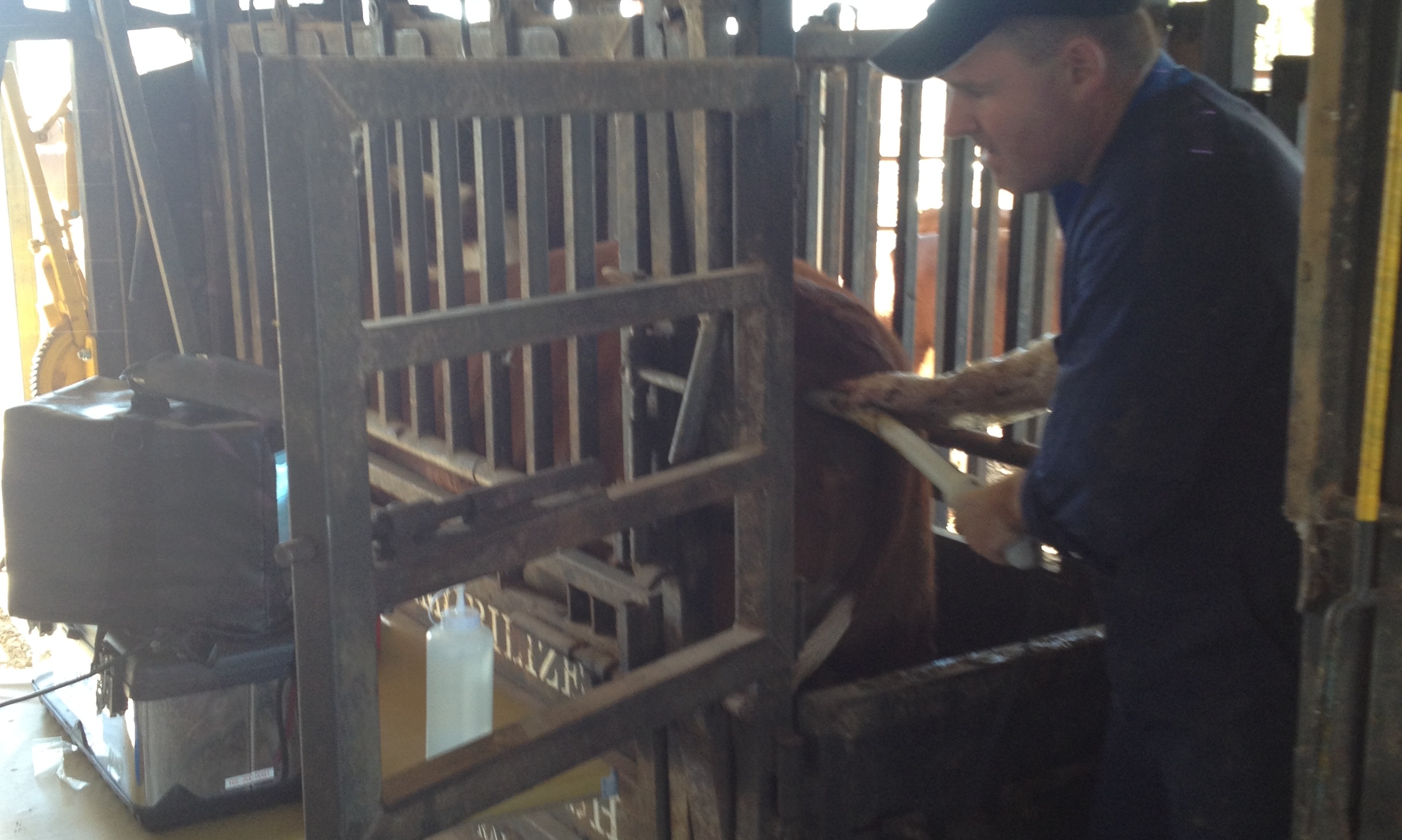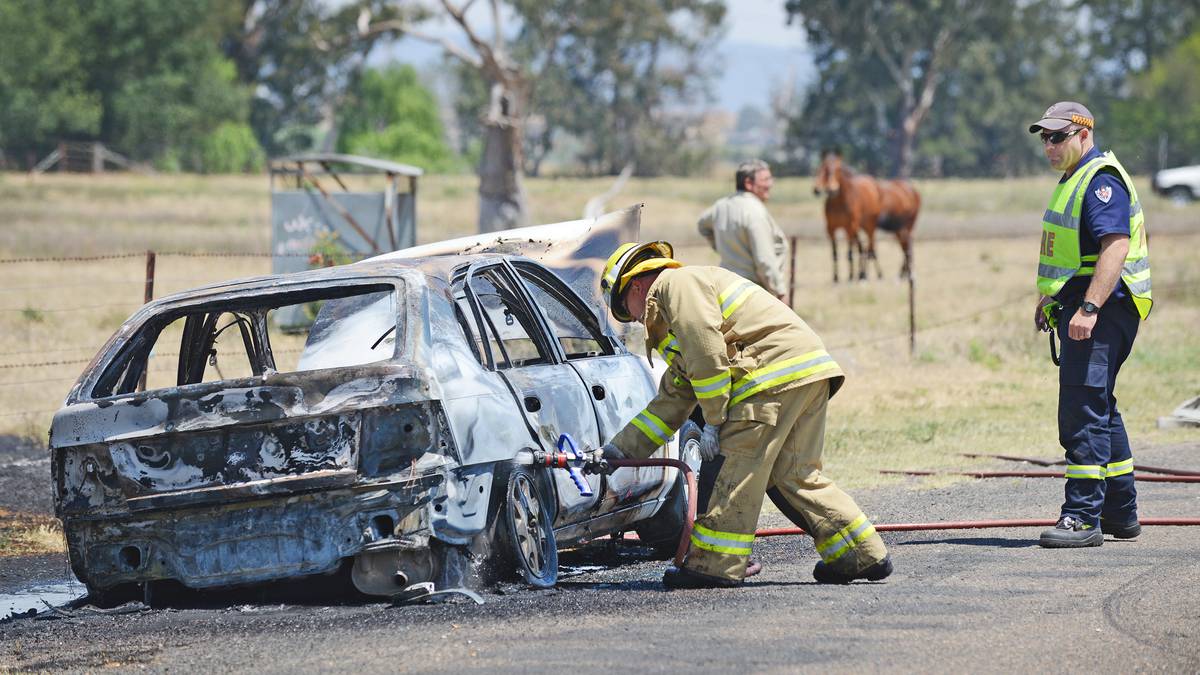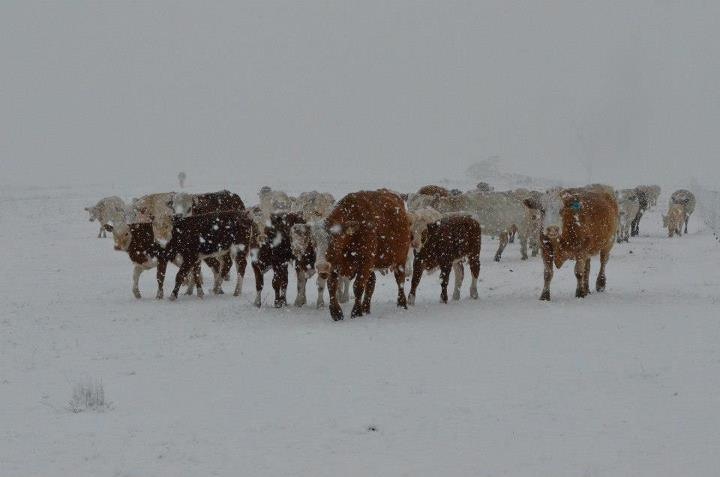Being part of agricultural shows has been a huge part of my life. I'm fortunate to have not only been a judge of cattle showing in judging rings across the country; I've been a ring steward, show official and even prepared and exhibited cattle for judging. So I guess in almost 30 odd years of being around livestock judging I've heard the comment "its not commercially relevant" once or twice!
Last week I saw a few people share this article from the UK with some comments about showing cattle from an Australian breeder who has a firm opinion that breeding decisions should be made on objective data, particularly EBVs.
I've heard this before, although to read that selecting animals by eye was holding the industry back did surprise me more than a little!
I reckon there were some important points raised by this article. Firstly nobody can argue that EBVs are one of the most important tools producers have to identify the genetic merit of animals they wish to use within their breeding herds.
However, EBVs are only part of the selection story. EBvs don't actually identify if an animal has 4 feet! If it walks correctly, its structural soundness or its maturity pattern relative to your herd. Its for these reasons my advice to bull buyers has always been to find the animals that fall within the EBV range for the traits you desire, and then go and look at each bull to critically assess his physical attributes.
So where does the show ring fit into this debate? I've spent a lot of time considering this question. I reckon there are several things to take into consideration.
Firstly it is one method of promotion. Promotion for individual breeders and for a breed generally. Its important not to discount the generation of interest in a breeder or a breed through being displayed in front of many people.
Secondly it does give potential buyers the chance to see a number of animals from a number of breeding programs in one place at one time! As part of my masters research I asked farmers about the time invested in researching new information. Using their time wisely was one of the most common discussion points. So how many producers are able to afford to take a week off and travel around widely dispersed breeding programs to look at the cattle and then hopefully remember if the two year old bulls they saw at the start of the week are comparable to the bulls at the end of the week?
In a single day at a show, producers can see a range of breeders and cattle. Regardless of the ring results, they can follow up on their own preferences by talking to the exhibitor, checking the animals EBVs for the suitability to their herd and making a more complete decision about following up on a breeder or not.
Exhibiting cattle exposes breeders to another form of feedback. They are exposed to not only the commentary of a judge; but to the comments, suggestions & criticisms or other breeders and industry observers. It can be a fast way to obtain feedback on everything from sire selection decisions to nutritional programs and structural soundness.
And while EBVs can be used to show the genetic differences in animals, visually seeing those differences as animals stand side by side in age classes can be an valuable lesson to many breeders.
A final point many overlook comes down to the importance of connecting with the broader community. I reckon we are all pretty quick to complain that city people don't understand or care about farming. It is harder to connect with people outside of agriculture. The success and long term survival of the industry is not so much dependant on producers simply doing their job.
It depends on the broader community wanting to purchase our products, and to understand and support our industry. Exhibiting livestock gives farmers the opportunity to demonstrate in the most visible way, their commitment to animal welfare and their on going goal of producing the food for people to enjoy and desire.
So for that reason alone, I reckon showing is commercially relevant. Because if we cant engage with the broader community to tell our story and show our pride in what we do, in the long term we are all going to struggle more than we need to!






















































